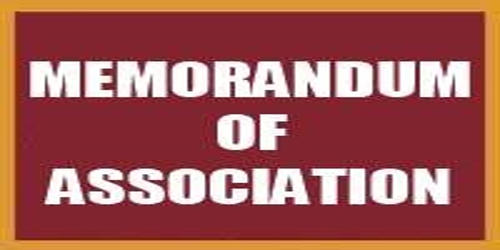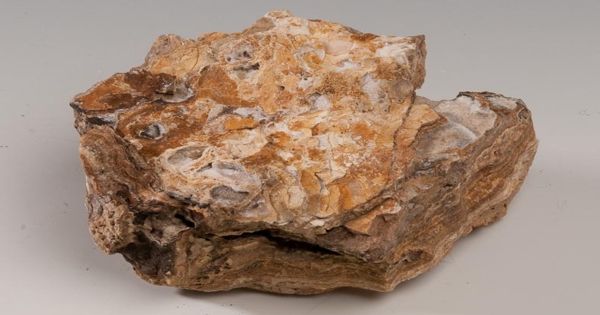Memorandum of Association
The Memorandum of Association (MOA) of a company defines the constitution and the scope of powers of the company. It contains the rights, privileges, and powers of the company. It is a document that contains all the fundamental information which are required for the incorporation of the company. It is the most important document of a joint-stock company. It is the primary constitution within and inside which the company has to function. It is the supreme public document that contains all the information that is required for the company at the time of incorporation. It forms the charter on the basis of which the company is brought into existence and it defines its powers and objects. A company can do nothing beyond the powers stated in it, It controls the external relationship of the company.
The MOA of a company contains the object for which the company is formed. It identifies the scope of its operations and determines the boundaries it cannot cross. It contains the objects, powers, and scope of the company, beyond which a company is not allowed to work, i.e. it limits the range of activities of the company. The main purpose of the memorandum is to limit the scope of activities and powers of the company. The Articles of Association include the regulations for the internal administration of the company and the rights of the shareholders. The Articles of Association must also contain the following:
- The general meetings of the Company
- The voting rights of the members/shareholders
- The appointment, powers, and competencies of the Directors
Format of Memorandum of Association (MOA) –
- Table A: Form for the MOA of a company limited by shares.
- Table B: Form for the MOA of a company limited by guarantee and not having a share capital.
- Table C: Form for the MOA of a company limited by guarantee and having a share capital.
- Table D: Form for the MOA of an unlimited company.
- Table E: Form for the MOA of an unlimited company and having a share capital.
Any person who deals with the company like shareholders, creditors, investors, etc. is presumed to have read the company, i.e. they must know the company’s objects and its area of operations. The Memorandum is also known as the charter of the company. There are six conditions of the Memorandum:
- Name Clause – Any company cannot register with a name which CG may think unfit and also with a name that too nearly resembles the name of any other company.
- Situation Clause – Every company must specify the name of the state in which the registered office of the company is located.
- Object Clause – Main objects and auxiliary objects of the company.
- Liability Clause – Details regarding the liabilities of the members of the company.
- Capital Clause – The total capital of the company.
- Subscription Clause – Details of subscribers, shares taken by them, witnesses, etc.
















